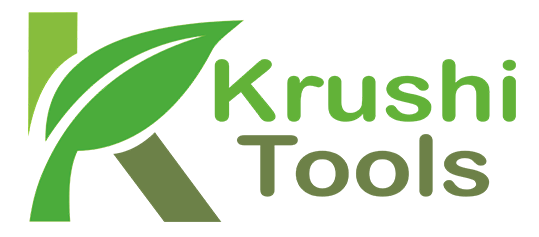5 Key Factors to Consider When Choosing a Drone Spraying System
Revolutionizing Agriculture with Drone Technology
As a farmer, you’re constantly looking for ways to improve crop yields, reduce waste, and promote sustainability. Drone spraying systems are a game-changer in the agricultural industry, offering an efficient, cost-effective, and environmentally friendly way to manage crops. However, with so many options available, choosing the right drone spraying system can be overwhelming. In this article, we’ll explore the 5 key factors to consider when choosing a drone spraying system.
The type and size of your crops play a crucial role in determining the right drone spraying system. Different crops require different spraying techniques, and the size of your crops will determine the size of the drone and spray tank required. Consider the following:
– Crop density and height – Crop sensitivity to spraying
– Crop yield and growth patterns
2. Spraying Capacity and Accuracy
The spraying capacity and accuracy of the drone are critical factors to consider. Look for a drone that can precision-spray crops, reducing waste and ensuring that the right amount of fertilizer or pesticide is applied. Consider the following:
– Spray tank capacity
– Spray nozzle type and size
– GPS navigation and precision spraying capabilities
3. Drone Durability and Maintenance
The durability and maintenance requirements of the drone are essential factors to consider. Look for a drone that is built to withstand harsh weather conditions and can withstand the rigors of frequent use. Consider the following:
– Drone material and build quality
– Weather resistance and durability
– Maintenance requirements and costs
4. Safety Features and Compliance
The safety features and compliance requirements of the drone are critical factors to consider. Look for a drone that meets all relevant safety standards and regulations, and consider the following:
– Safety features such as obstacle avoidance and emergency landing
– Compliance with regulations such as FAA guidelines
– Insurance and liability requirements
5. Cost and Return on Investment
The cost and return on investment (ROI) of the drone are essential factors to consider. Look for a drone that offers a high ROI, and consider the following:
– Initial purchase cost
– Operating costs such as fuel and maintenance
– Potential cost savings and increased revenue
Conclusion
Choosing the right drone spraying system can be a daunting task, but by considering these 5 key factors, you can make an informed decision that meets your specific needs. Remember to consider crop type and size, spraying capacity and accuracy, drone durability and maintenance, safety features and compliance, and cost and ROI. With the right drone spraying system, you can revolutionize your agricultural operations and improve crop yields, reduce waste, and promote sustainability.




